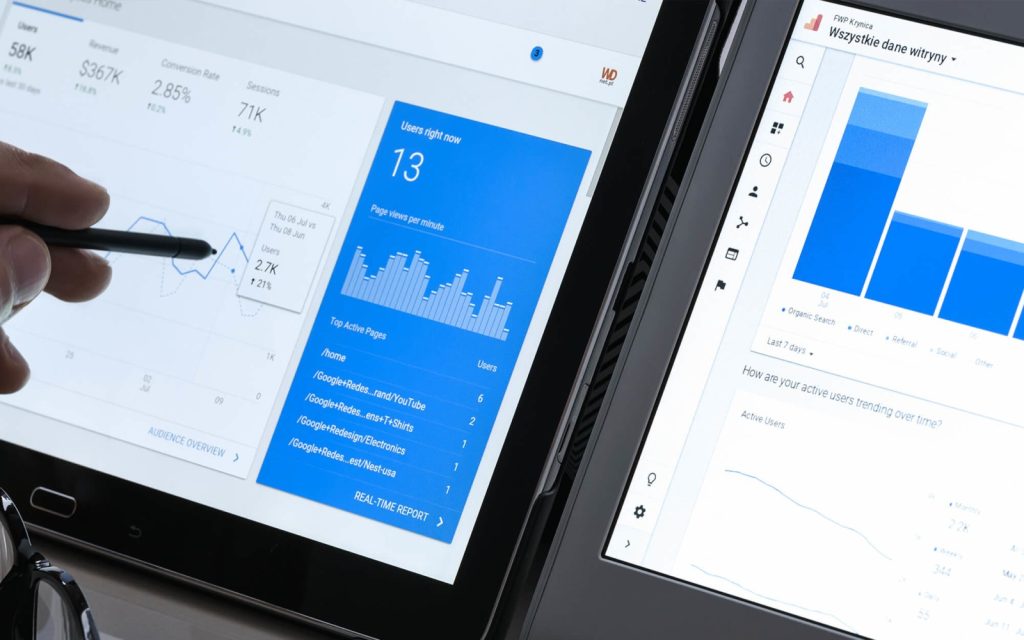Tracking your Digital Marketing KPIs and Metrics can be a double-edged sword, as it can make it easy to track important metrics but useless ones. Consequently, it’s important to consider which metrics are worth tracking. If your KPIs are purely vanity metrics, they aren’t worth tracking at all.
Conversion rate
Conversion rate is one of digital marketing metrics that measures the rate of conversion. It measures how many visitors convert into buyers. This metric is often used in paid advertising analysis. It is calculated by dividing the total cost of marketing by the total number of customers acquired.
Conversion rate is affected by several factors. For example, the preexisting brand reputation of a company can impact the rate of conversion. Some people love certain brands, while others dislike them. Also, the complexity of a product or service can affect the conversion rate. Simple items are easier to sell than more complex ones. For example, a website selling clothes will have a higher conversion rate than a product that is more complex and requires months of research and approval by a committee.
Another KPI related to conversion rate is customer retention rate. This is also called reversed customer churn. This metric tells whether a website is converting leads into customers. Ideally, a company should have a 100% customer retention rate, but a decreasing retention rate may indicate problems with customer service. Another metric that is helpful for marketers is customer lifetime value, or CLV. This metric determines the value a customer can be expected to spend with a company over a lifetime.
Related: Strategic Marketing Plan Software

CTR
Click-through rate (CTR) is an important digital marketing KPI. It measures the number of people who click on an ad from a given ad placement. Click-through rate helps measure the success of a marketing campaign and supports ad optimization. Increasing CTR can be one of the most effective ways to generate more sales.
This digital marketing KPI measures the effectiveness of your call-to-actions (CTAs). A heat mapping tool or Google Analytics’ Behavior Flow tool can help you measure CTR. A good CTA message will make people want to click on the link. It should also encourage them to take action.
CTR is an important digital marketing KPI because it shows how well advertisements or free listings perform. Generally, CTR is calculated by dividing the number of clicks by the number of ad impressions. For example, if you have 100 ad impressions and get twenty-three clicks, your CTR is 2.3%. A low CTR indicates that you are targeting the wrong audience or spending too much on keywords that do not generate any traffic.

Email bounce rate
An email bounce rate is the percentage of emails that do not reach their intended recipients. Email marketers should aim to keep this number as low as possible. A 2% or lower bounce rate is ideal, as too many bounces can damage your sender reputation. Another important KPI for email marketers is the unsubscribe rate, which measures the number of email recipients who unsubscribe. A higher rate can cause your email to be marked as spam.
Email bounce rate can be broken down into two categories: hard and soft bounces. Hard bounces are permanent, while soft bounces are temporary. A soft bounce can occur if the recipient’s email address is incorrect or if the recipient’s inbox is full.
Return on Ad Spend
Return on Ad Spend, also known as ROI, is a key metric for measuring digital marketing success. It is calculated by dividing revenue by ad spend. A high ROAS value indicates a successful campaign. A low ROAS value means paid advertising is ineffective. A high ROAS value indicates an opportunity to invest more in advertising.
ROAS varies by business model. For example, a start-up may require a higher ROAS than a growing online store. Another company may have a lower ROAS, but it will still see a good return on ad spend.
Customer satisfaction
Customer satisfaction can be measured in different ways, depending on the business model. Some companies measure customer satisfaction with behavioral measures. These measures reflect emotional responses to products and services. They can also reflect how customers feel about a company’s customer service representatives. In addition, many companies reward customers who are loyal to their brands. For example, Sephora Beauty Insider offers members rewards for making repeat purchases.
Customer satisfaction data is important for business owners, as it helps to track how satisfied customers are with a particular brand. This data helps businesses to identify and capitalize on key triggers for unsatisfied customers. These triggers could include poor customer service or poor order processes. By analyzing customer satisfaction metrics, businesses can improve these processes and increase customer satisfaction. These improvements will ultimately help a company compete in a competitive market.
